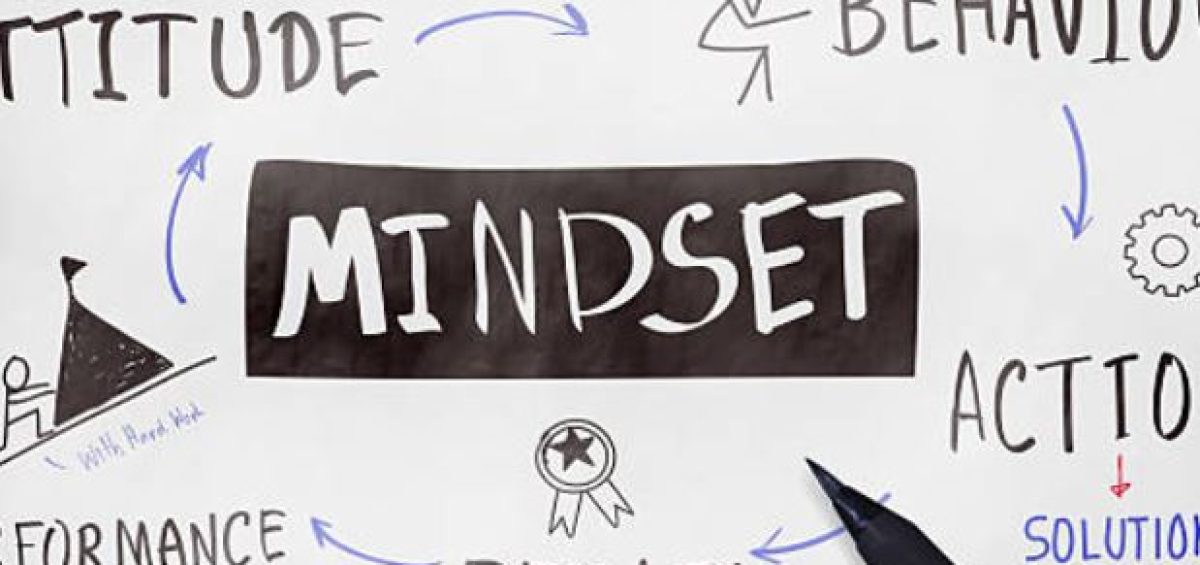In our last article, we discussed what mindfulness is, how to create a mindfulness culture, and how mindfulness can increase productivity for your organization. Mindfulness is a mindset that involves focusing on the present moment and letting fearful thoughts of the past or future pass on by.
In this article, we discuss how creating a mindfulness culture will increase profit for your business. We’ll also touch on how mindfulness is more than a practice, it’s a mindset. We’ll close with examples of industry leaders who lean into mindfulness to increase their success.
Read on to learn how using mindfulness can earn your organization record profits.
How Does Mindfulness Increase Profit?
Mindfulness is a psychological state of mind that requires being in the here and now. If you are mindful, you are able to surrender to the present moment without hesitation. Mindful individuals have stronger focus, better attention to detail, and increased wellness.
Creating a culture of mindfulness is a valid strategy to increase profits. One way that a culture of mindfulness increases profits is by reducing employee stress. Mindfulness culture allows individuals to remain calm. Being in a calm state increases helpfulness and productivity.
Studies have shown that mindfulness practices increase empathy and the likelihood of coworkers helping each other on projects. This increases productivity through the synergy that’s created by working together and drawing upon one another’s strengths. Additionally, reducing stress decreases absenteeism and health care costs.
Employees are healthier and happier when they are mindful. This result of mindfulness enables businesses to increase their profits since employees are less likely to call in sick and more likely to get their work done early.
Moreover, mindfulness leads to improved focus, concentration, and memory. This makes you and your staff less likely to make mistakes. Along with that, it empowers you and your staff to give each task 100% effort.
Another way mindfulness benefits the workplace is by increasing employee retention. By emphasizing on mindfulness, you increase employee well-being. When employees believe their employees care about their wellness, they are more likely to stay at the company long-term.
According to a study by the American Psychological Association, 89% of workers at companies that support well-being initiatives are more likely to recommend their company as a good place to work. When employees feel their employers genuinely care about their well-being, they are more engaged, motivated, and have a higher retention rate.
You can measure the ROI of mindfulness by using the following metrics.
- Productivity charts. A mindful culture is a productive culture. By measuring levels of productivity before and after instituting a culture of mindfulness, you’ll be able to see the return on your investment in mindfulness. For example, a study published in the Journal of Occupational Health Psychology found that employees who participated in mindfulness programs saw a 15% increase in productivity. To add to that, workers will gain the ability to get more work done in less time, which decreases overtime costs.
- Employee retention. Mindfulness in the workplace increases employee retention. In 2019, Aetna conducted a study that found that employees who engaged in mindfulness programs had a 28% lower turnover rate than those who didn’t. Mindfulness creates a more empathetic and positive work culture which leads to higher employee retention and reduced recruiting and training costs.
- Healthcare costs. Mindfulness reduces stress and therefore reduces healthcare costs. Employees who are less stressed are healthier and have a decreased risk of developing stress related illnesses, like depression and heart disease.
The Mindfulness Mindset
Mindfulness is more than a practice. It’s a mindset and a lifestyle. While focusing on mindfulness techniques is important to start your journey towards mindfulness, being mindful is a mindset more so than a practice.
Mindfulness is a way of being. It’s how you go through life, moment by moment. It’s not about being in a perfect state of mind; It’s really about bringing awareness to the present.
To create a culture of mindfulness in your workplace, we suggest encouraging your workforce to participate in mediation, breathing, and gratitude practices. These practices cultivate the mind to move towards mindfulness. Meditation and breathing practices create a sense of calm while gratitude practices push the mind to be more loving towards others which creates more successful interpersonal relationships.
Industry Leaders Are Leaning Into Mindfulness
The importance of creating a mindfulness culture is seen in the business practices of noteworthy companies. They have seen the positive effects that mindfulness can have on an organization, including reduced stress, increased productivity, and increased ROI. In recent years, employees have noted wellness policies as a deciding factor in accepting a job offer. By incorporating a culture of mindfulness in your workplace, you’ll attract top talent and retain quality workers.
The following organizations have leaned into mindfulness to benefit their workforce.
- Google was one of the first organizations to see value in mindfulness at work. In 2007, they put together a team of experts in mindfulness, neuroscience, and emotional intelligence to lead a meditation course with the goal of helping employees cultivate mindfulness and compassion. After completing the course, employees reportedly felt more self-aware and happier at work. Leadership also noted a huge change in positive work habits. Over the years, they have evolved their mindfulness culture to include guided meditations and silent rooms.
- Goldman Sachs. Goldman Sachs sees the value in a mindfulness work culture, as well. They regularly offer wellness seminars and stress management tools to their staff. Employees have also noted that leadership promotes the use of the guided meditation app, Headspace, and encourages regular meditation.
- Bosch understands the importance of mindfulness in the workplace. They offer a flexible organizational structure and work schedule to provide their staff with opportunities to stay present and reduce stress. They also have mindfulness training to teach their staff how to adopt the mindfulness mindset. Leadership at Bosch noticed that their employees were more satisfied at work after completing these training sessions. They also noted that their staff has become better communicators after adopting a mindfulness culture.
- General Mills. General Mills encourages mindfulness to produce a positive environment for their employees. They offer programs that encourage their employees to make mindfulness a habit, including a meditation room and mindfulness lunch and learn training.
- Intel promotes mindfulness in the workplace. Their company-wide wellness programs reduce stress that builds up from working in high-pressure situations. The program increases productivity, creates a more collaborative workplace, and reduced healthcare costs.
Increase Your Profits With Mindfulness
As we can see, mindfulness is a strong tactic that organizations can use to stay in the green. A culture of mindfulness reduces stress, increases productivity, and has a high ROI.
The investment in mindfulness is worthwhile. It increases employee retention along with reducing healthcare costs. By adopting a mindset of mindfulness, you’ll strengthen your focus and empathy, enabling you to become a stronger leader and more attractive employer.
If you’re ready to take a step towards creating a culture of mindfulness at your organization, Mythos Group is ready to help you. Contact Mythos Group to learn how we can help take your corporate culture to the next level.







